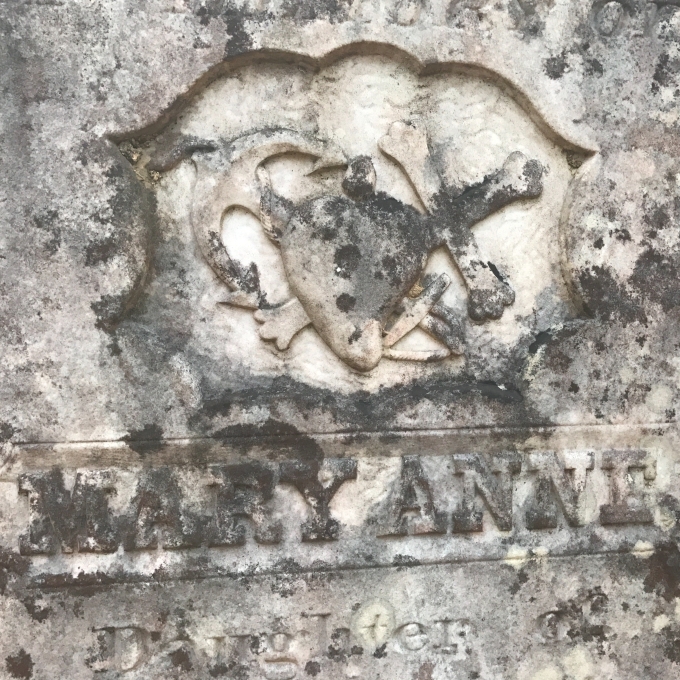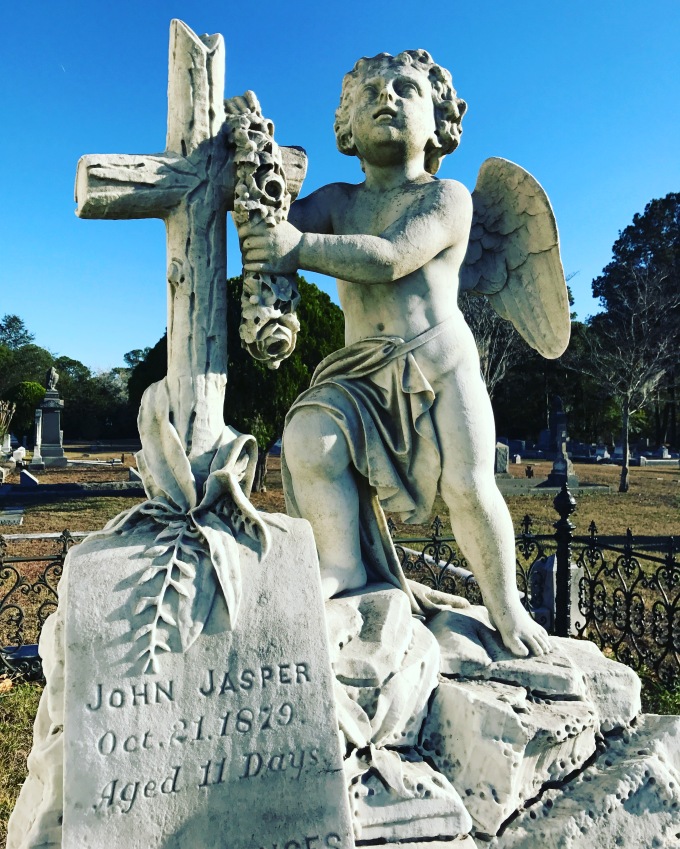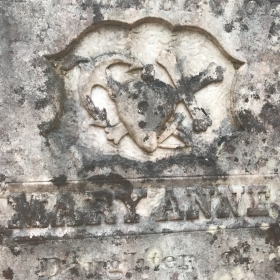
1886 February
At seventeen years old in 1878, Dixie Annie Jarrett married Charles Haygood in Milledgeville, Georgia. Eight years later, in 1886, when Dixie was twenty-five with two children, Elias N. Sam Ennis shot Charles Haygood on Hancock Street. Two bullets entered Haygood’s chest at point blank range on a Saturday in February, amidst a crowd. At the time, the push to ban whiskey and other spirits was at frenzy, so the community converged downtown on Saturdays to argue Prohibition for Baldwin County, which Milledgeville is the county seat. Haygood was against the consumption of whiskey. Ennis was all for it. To my knowledge, alcohol, specifically whiskey, wasn’t deemed illegal, and Baldwin never became dry. The widowed Dixie had three children to rear. She was forced to find a way to make a living, so she became something of a magician.
1886 March
Near Sandtown just north of Milledgeville at eight in in the morning of March 5th 1886, a wet, muddy Frank Humphries returned home to his feverish wife and three children with a swig of whiskey in the bottle he still carried. He was thirty-five. He’d gone the prior evening to his brother’s house to get his wife’s sister, Carrie Raines, because his wife was ill, and she needed help. Because he’d had drink, Carrie Raines insisted Frank’s niece, Ella, accompany them. On the way to Frank’s home, along with Ella and Carrie, Frank Humphries reported four men disguised with masks came out of the woods and jumped him from the shadows. Frank said two men branded shotguns, and the other two men had pistols. Frank said he was hit over the head with an eel skin club then he fired his double-barreled shotgun at the men. Frank remembered nothing. An eel skin was a popular sand-filled weapon, real and legendary at the time, which left no marks when it struck a body with force, which means no evidence. Some also believed an eel skin possessed almost magical qualities that even hours after of being struck with an eel skin, a victim’s memory could become convoluted and delayed often leaving the victim unable to recall or identify an attacker or specific details of the event.
Ella, thirty-three, and Carrie, forty, disappeared according to Frank. He wrote a note to his brother that neither denied or professed his innocence but described the location where the attack took place. The dirt route from one brother’s house to the other was searched, and Ella and Carrie were found shot and beaten to the point of being unrecognizable. Pools of blood were found in the middle of the dirt road covered up with dirt. Their throats had been cut. Signs showed their throats were cut in the middle of the road and their bodies dragged to the woods.
*The Atlanta Constitution, 07 Aug 1886, Sat • Page 2
1887 August
Not far from Milledgeville in Bibb County early one morning, a rather young Thomas G. Woolfolk, a twenty-seven year old Georgian, took an ax to the bodies of his father, stepmother and seven other family members, including an eighteen-month-old baby named Mattie as well as an 84-year-old aunt who was named Tempe. In all, Thomas G. Woolfolk chopped nine of his family members to pieces.
Other reports say Woolfolk had a penchant for whiskey. Thomas left a massacre legacy that has few rivals in American murders because he only used an ax. To this day, it remains the worst body count of any killer who didn’t use a gun, explosives, or a vehicle.
Accounts say Thomas Woolfolk wore nightclothes and socks, and his bloody sock prints were found throughout the house amongst the pools of blood and body parts. It later came to light that he didn’t want his half-siblings to inherit his father’s land. Thomas was hung, and later a local vagrant named Jackson Dubose came under suspicion, by his own admittance, as an accomplice in the Woolfolk murders. Dubose was a black man, and, rather than being hung, Dubose was convicted of lunacy and sent to the asylum in Milledgeville.
John L. Hardeman, the second cousin of Julia Force was the prosecuting attorney who ensured that Thomas G. Woolfolk hung near Big Indian Creek in Perry, Georgia. It’s said thousands of people came to watch him hang, yet the executioner didn’t tie the noose right. Woolfolk hung there near Big Indian Creek on the newly whitewashed gallows for almost an hour before succumbing to death. A proper noose placement snaps the neck immediately. Placed wrong, a person slowly chokes to death. It’s anyone’s guess if the executioner wanted Woolfolk to think about his deed a while longer.
1889
Dixie, now, Anne rather than Annie, Haygood altered her name again to Annie Abbott and became The Little Georgia Magnet because she was small, and groups of men could not lift her or make her move on stage. She was a performer who could make herself appear to be bound to the spot that she chose as if she possessed supernatural strength. Some believed it was a hoax while others accused her of witchcraft. Some said Dixie’s work was the work of the occult. Her performances were seen across the country and across Europe. She performed for dignitaries and heads of state like Kaiser Wilhelm II, Emperor Franz Joseph, and Tsar Alexander III.
1893 February
On another Saturday in February of 1893, Miss Julia Force put a pistol to her two sisters’ heads, and a jury in Atlanta found Miss Julia Force not guilty of calmly shooting her two older sisters (in their heads).
1949 March
The brother of the deceased sheriff of Baldwin County, Georgia, Sam Terry, and Marion Stembridge drove toward Central State from Milledgeville the distance of maybe two miles. They killed Emma Johnekin who was a seventeen-year-old black girl with no chance at equality of race in the South in 1949. She is buried in an unmarked grave.
1953 May
On Milledgeville’s 150th anniversary, Marion Wesley Stembridge shoots attorneys Marion Ennis and Pete Bivins and then kills himself with one shot to the head at the corner of Hancock and Wilkinson streets in downtown Milledgeville. Pete Dexter hears the story and he writes the novel Paris Trout and wins The National Book Award.
1979 November
Gussie Harrison’s 54 year old daughter had been one of Flannery O’Connor’s best friends since childhood, or at least since Flannery moved to Milledgeville from Savannah and attended Peabody school. Gussie and Flannery’s mom, Regina, were good friends, and the Harrisons lived on Hancock Street. Flannery’s friend was Mary Virginia Harrison—one of the most beautiful women many in Milledgeville say ever lived. Mary Virginia put two bullets into her temple from a pistol she kept in a small velvety black bag. The second bullet went in the same hole the first bullet made.
1979 November
As the beautiful Mary Virginia lay dying in Macon of her own volition, Reverend Cyrus Baker sat at the top of the hill at the bucolic whitewashed church on Lake Laurel Road. The Reverend Baker took his shotgun with him, and shot passing cars because God told him his flock were demons.







